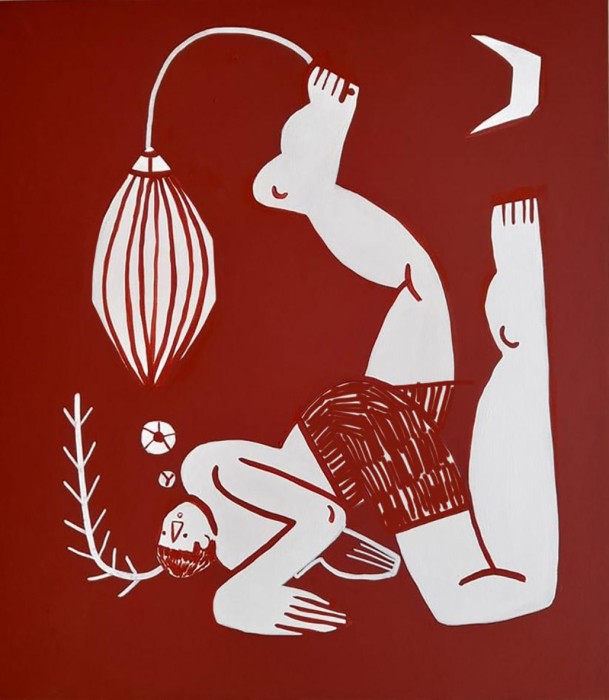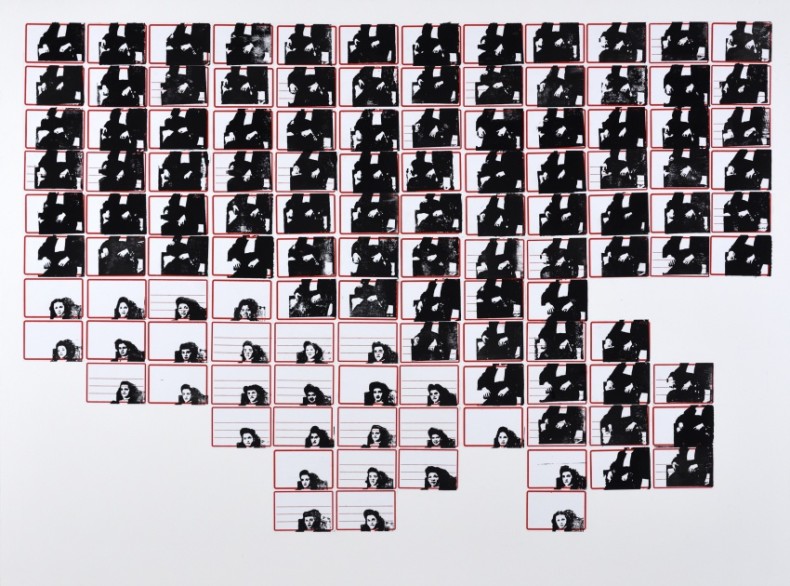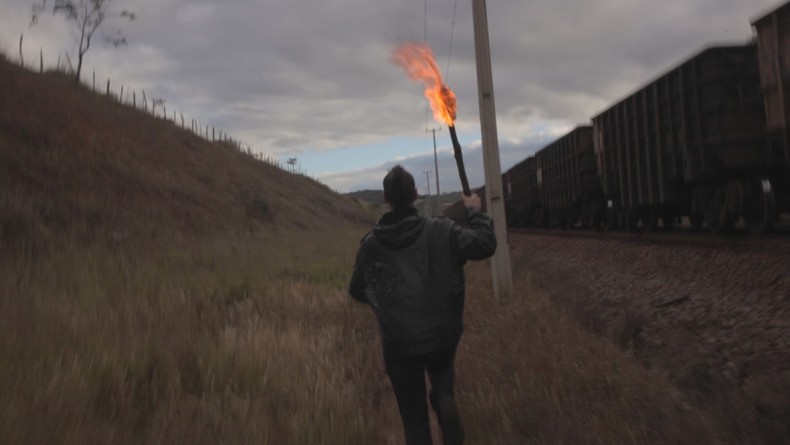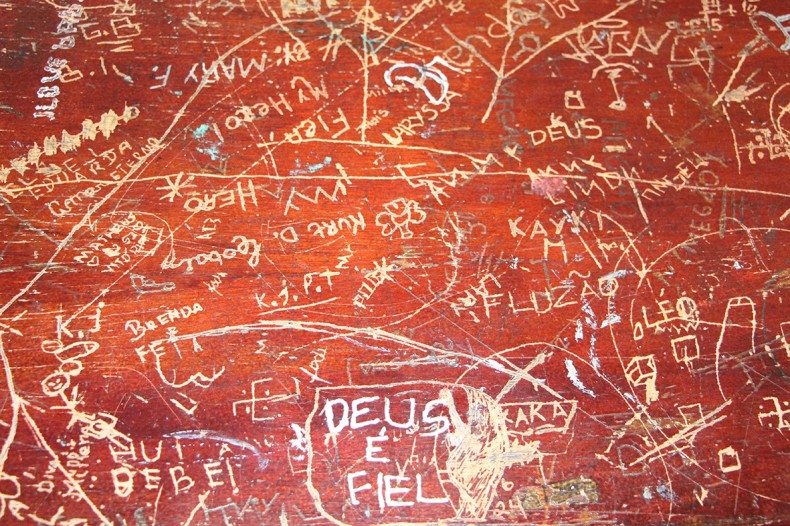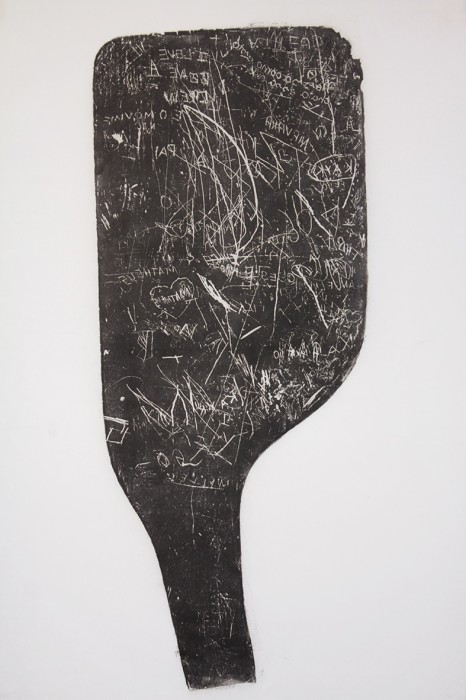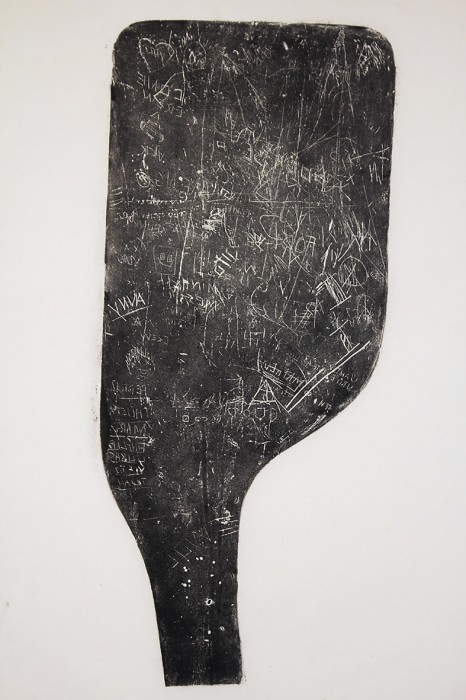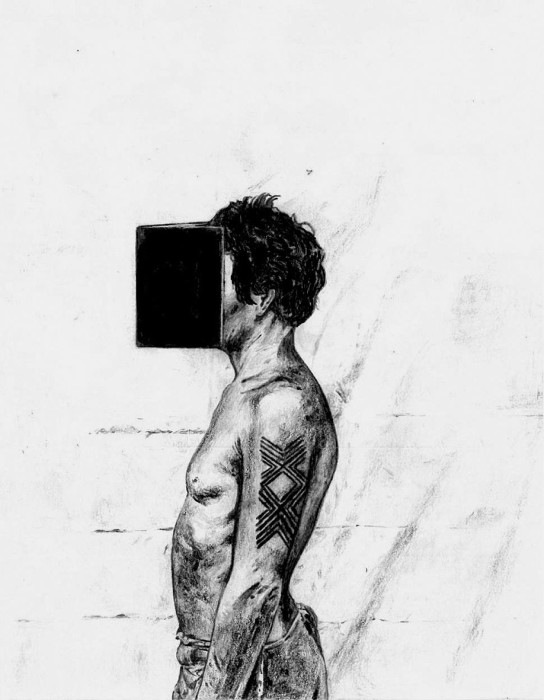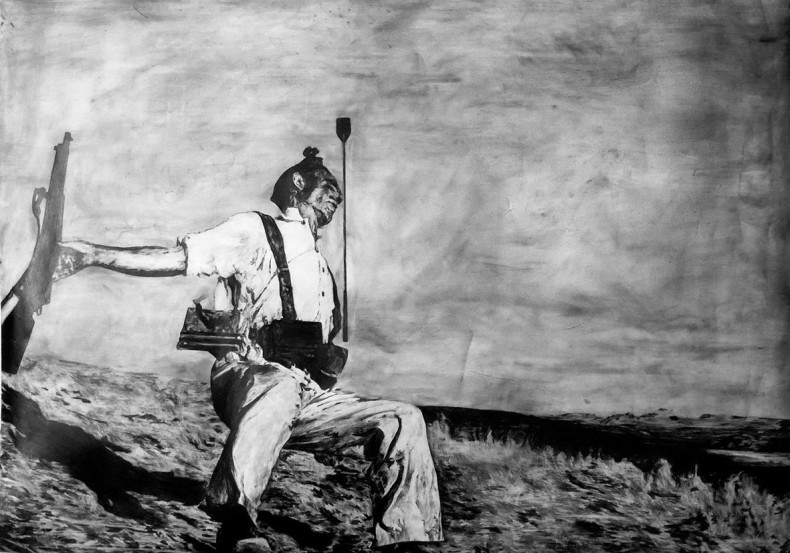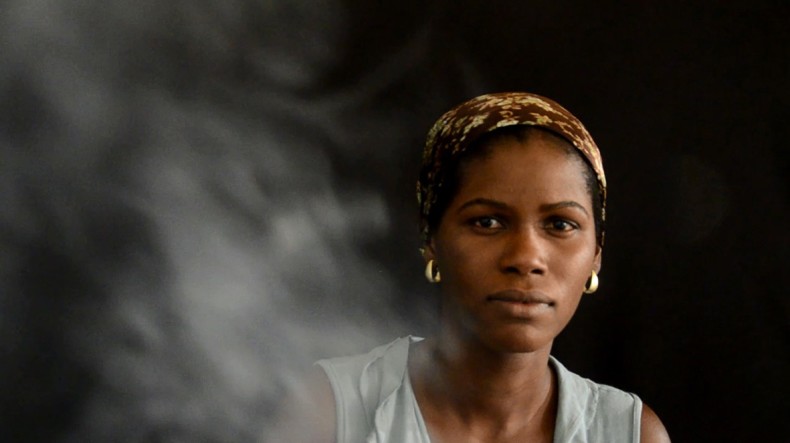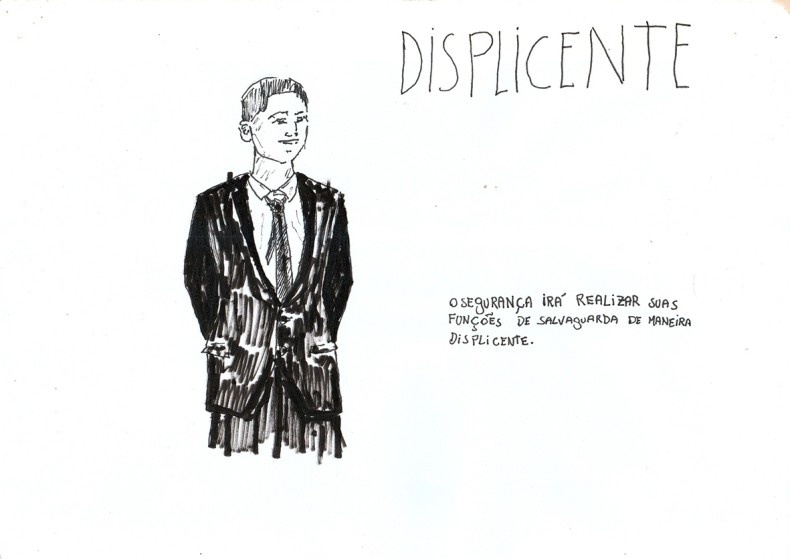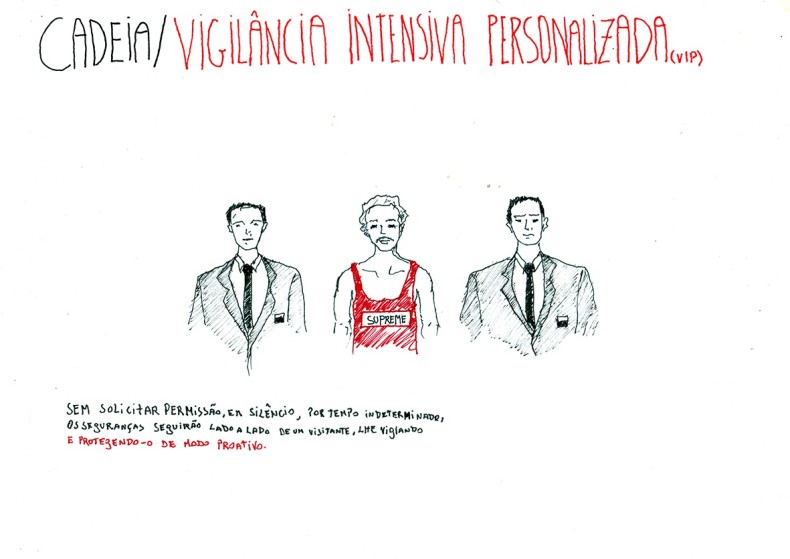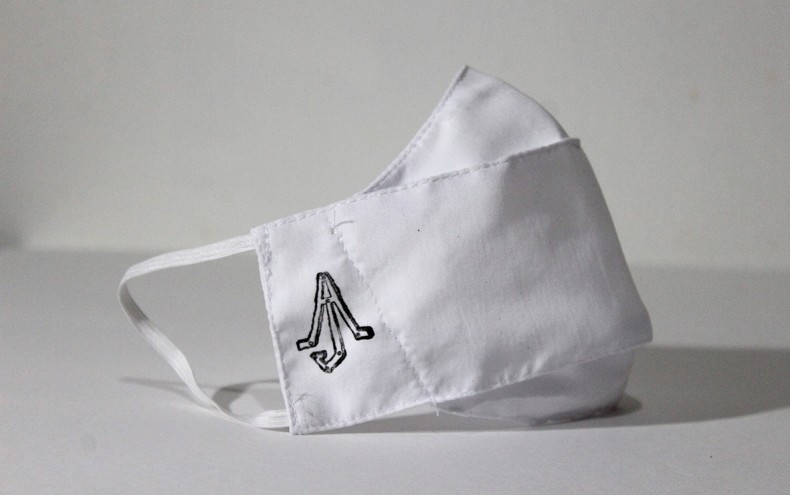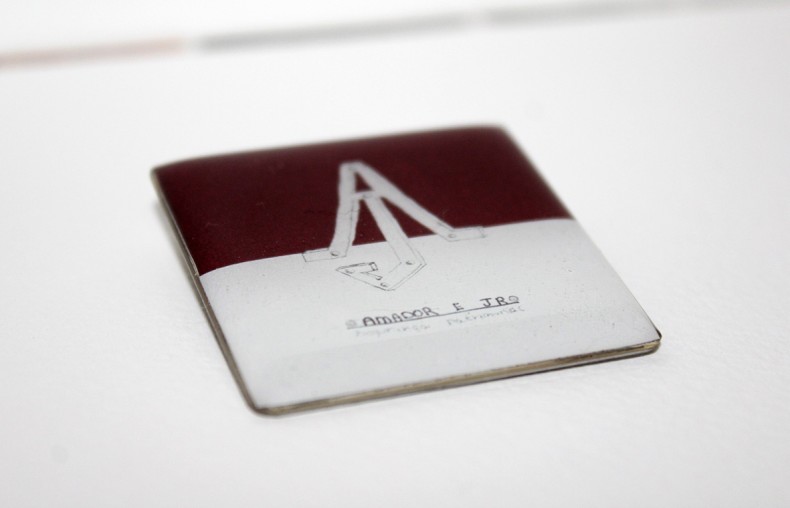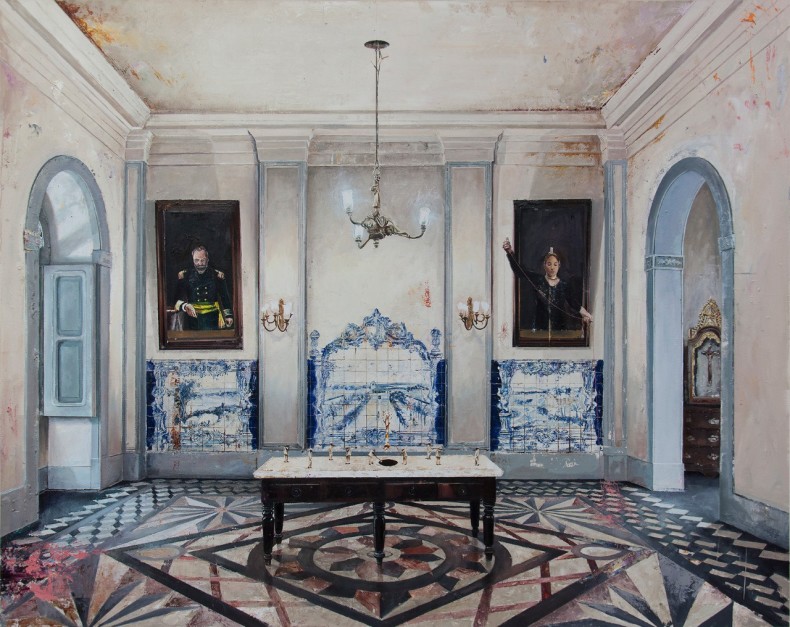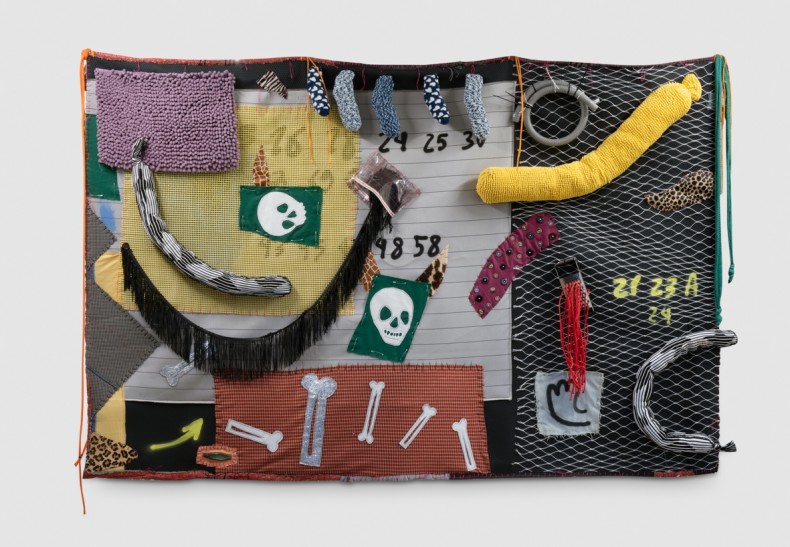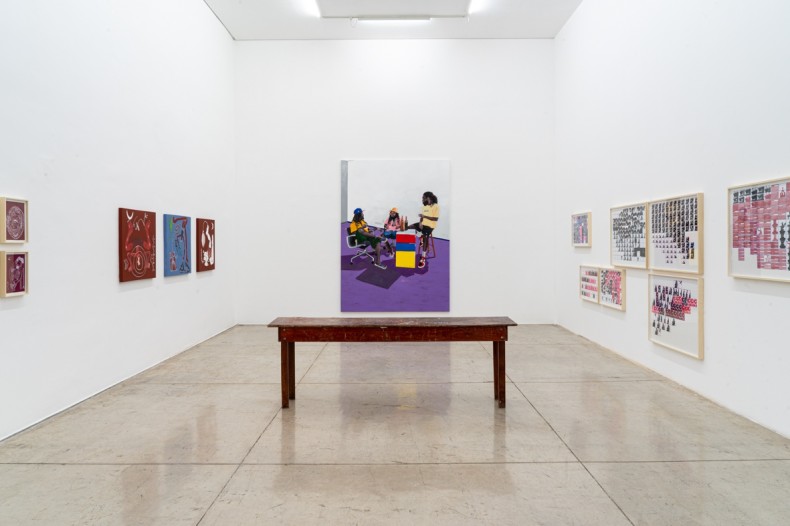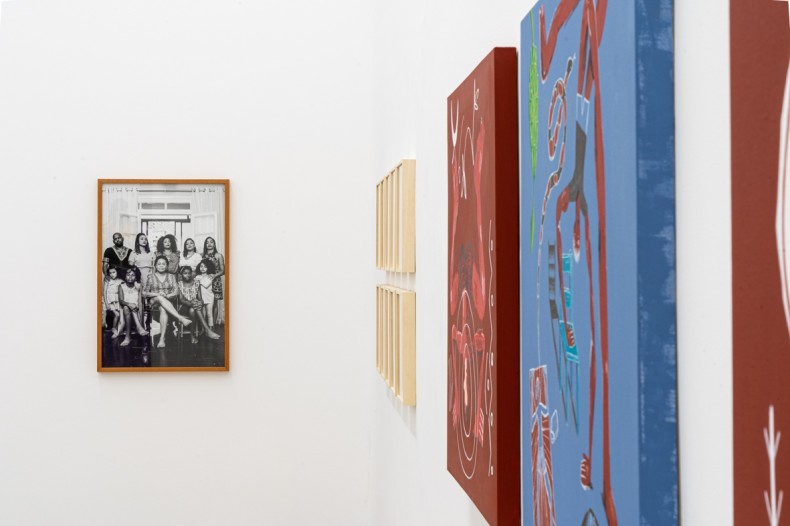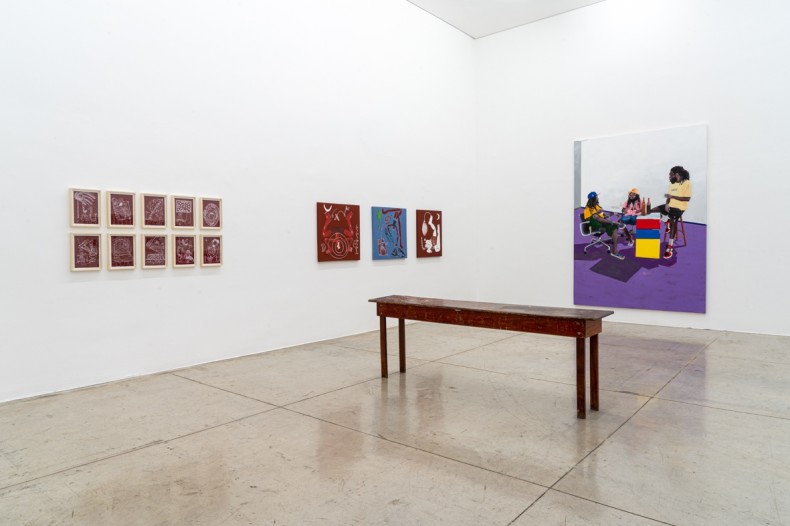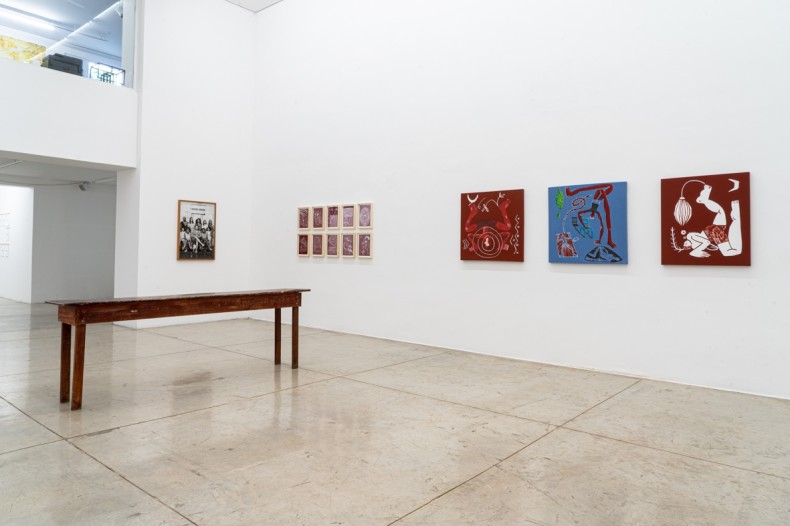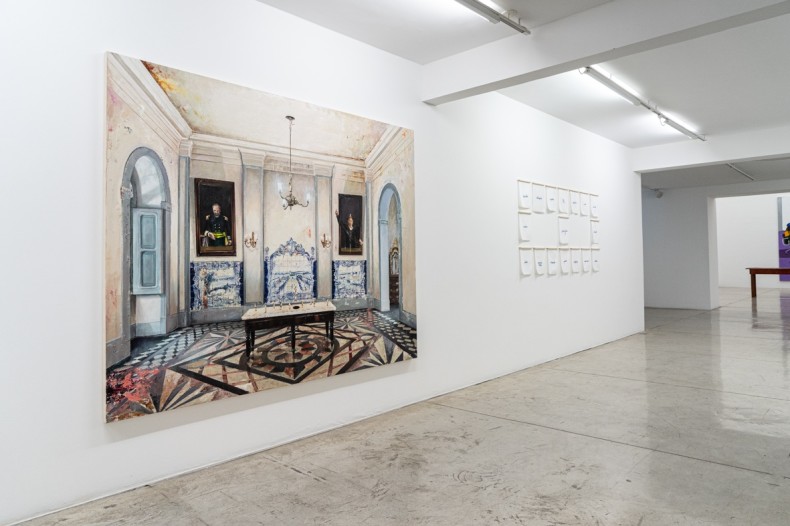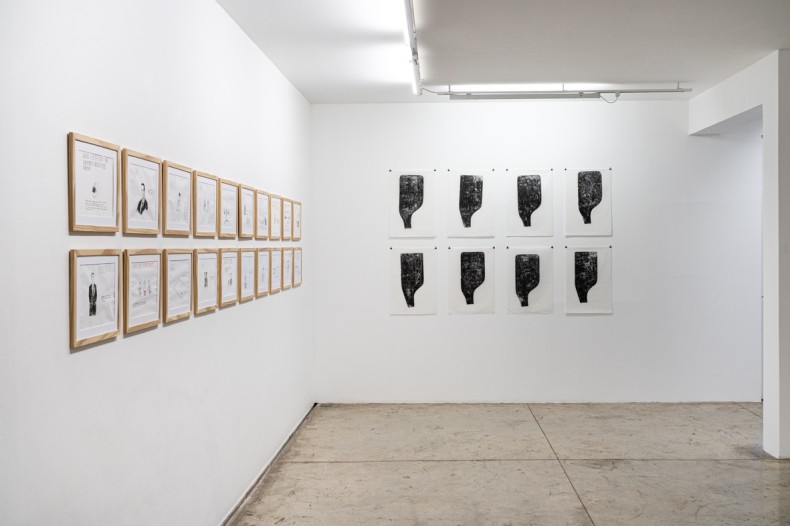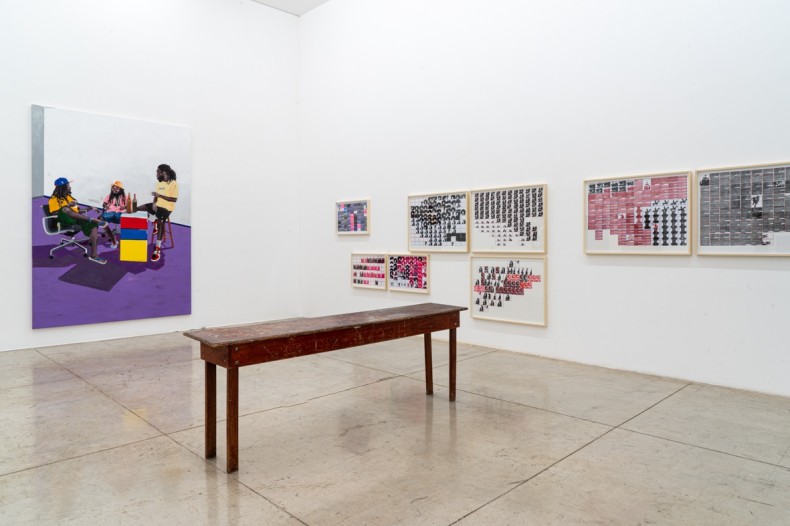It is necessary to admit failure: I don't recognize the past, and I don't believe in the future. But my feet are in a hurry because by making mistakes, I learn more.
These two sentences appear at the end of Doom, a video by Randolpho Lamonier and Victor Galvão included in the exhibition. The words caught my attention due to the way in which they articulate the past, present, and future: not recognizing the past does not mean ignoring it, and not believing in the future does not negate that something is yet to come. In distrusting these two extremes, it is better to admit our anxiety and bet on the present and on our mistakes.
“Standing on the shoulders of giants” brings together works by artists who have created juxtapositions of those historical periods that have been crystallized in Western thought; however, in contrast to that stipulated in the aforementioned quote, some of the artists gathered in the show easily recognize the past and/or deposit their belief in the future. What unites them all is the fact that the images they create flirt with anachronism; individual and collective memory can emerge from leaps, reminiscences, and oblivion.
The Latin maxim nanos gigantum humeris insidentes, commonly attributed to the birth of cathedrals and universities in the Middle Ages, points to the fact that in order to learn something, we need to put ourselves in dialogue with and listen to the past, and to the ‘giants’ that came before us. Some of the artists presented, work with the notion of the archive, listing and rethinking the figures that are present in collective memory and that are considered idols. Conversely, some others ask themselves, once standing on the giant’s shoulder: to what extent should this giant be considered one? When it comes to anti-fascism, beheading the giant must be an option.
Other artists gathered in this show cast their eyes on the protagonists of private sphere narratives: family and ancestral narratives are perceived as learning beacons. Education, orality, and transmission of knowledge between generations are central to many pieces that work to value anonymous individuals in the general public, whose names may be much more relevant than any bibliographic reference. These giants – sometimes superficially seen as peripheral and subaltern – are the ones who effectively guide a large part of the exhibition’s artists.
Whether through painting, using archival images, video, or exploring the relationship between image and word, we must remember what our initial quote says: “by making mistakes, I learn more.” That means experimentation is what guides how each of these artists chooses their giants and stands on their shoulders. Their paths are never pre-determined and their journeys, each with different rhythms, are more about listening than verbiage.
Therefore, the exhibition invites the public to share in the celebration of the ephemerality embedded in this presentation, while the artists take short breaks from their constant trips aboveground and beyond the limits between yesterday, today, and tomorrow.
—Raphael Fonseca, curator
participating artists
alan adi
gabi bresola
gustavo caboco
leila danziger
victor galvão
andré griffo
andréa hygino
randolpho lamonier
filipe lippe
adriano machado
no martins
virginia de medeiros
marta neves
amador e jr. segurança patrimonial

